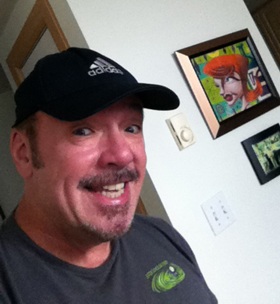 Mike Cressy grew up in Detroit area and started drawing as soon as he could hold a pencil. He remembers being sick at five years old his mother putting a stack of paper on his tray and he would draw all day. Mike had good art teachers in high school but is essentially self-taught, taking only one class to learn a certain technique from an illustrator he admired. He moved to California to work at an animation studio as well as creating posters for theaters in L.A. and worked for the Times and other publications. Then Mike started working for a software game company in 1996 and still does today. But children’s picture books are more fun for him these days although he still likes creating realistic work here and there. You will see his work on Seattle Weekly and other publications from time to time.
Mike Cressy grew up in Detroit area and started drawing as soon as he could hold a pencil. He remembers being sick at five years old his mother putting a stack of paper on his tray and he would draw all day. Mike had good art teachers in high school but is essentially self-taught, taking only one class to learn a certain technique from an illustrator he admired. He moved to California to work at an animation studio as well as creating posters for theaters in L.A. and worked for the Times and other publications. Then Mike started working for a software game company in 1996 and still does today. But children’s picture books are more fun for him these days although he still likes creating realistic work here and there. You will see his work on Seattle Weekly and other publications from time to time.
Mike is a member of The Illustrator’s Partnership of America (IPA) and the Society of Children’s Book Writers and Illustrators (SCBWI), and lives in Bellevue, Washington.
He has a knack for characters and strange creatures, has illustrated several children’s books and created artwork for numerous games, covers and logos.
Here is Mike showing and discussing his process:
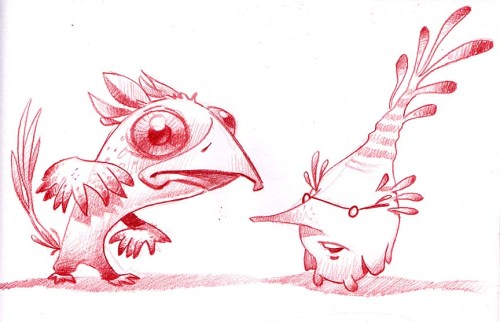
I start with the drawing. I need a background. Something that isn’t too distracting but colorful.

I fill in the background with a color and for some reason I think this purple is a good color to start with.
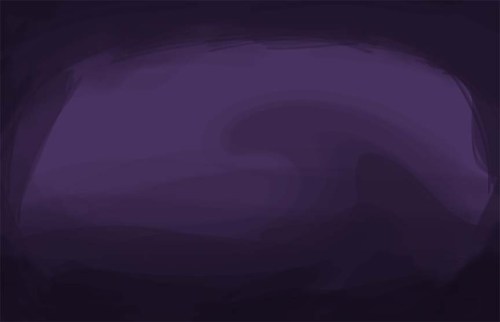
I start painting with a texture brush in a darker purple. I liked a wave shape and kept the brush at about 45%.
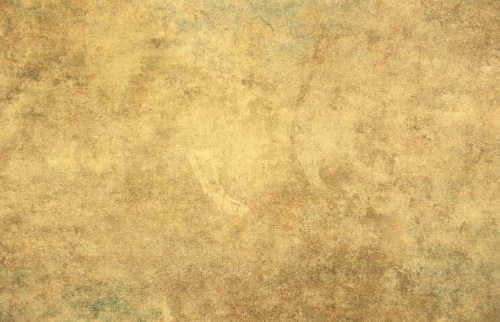
I had this free texture in my files, laid it over the background and set the layer blend to “Mulitply” and dropped the “Opacity” to 66%.
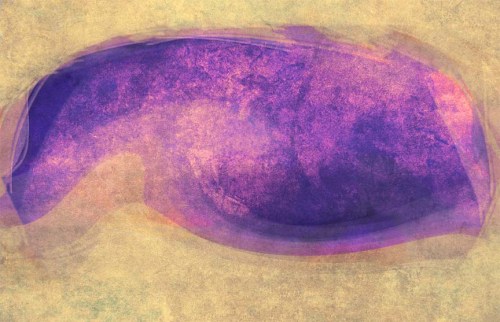
I filled in the next layer with a solid pink and then set the layer blend to “Divide” and the “Opacity” to 60%.
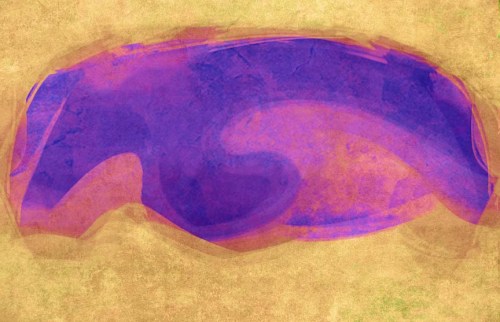
Then I Copied all the background files and flattened them, flipped it horizontally and selected the layer blend to “Pin Light” and lowered the “Opacity” to 60%.
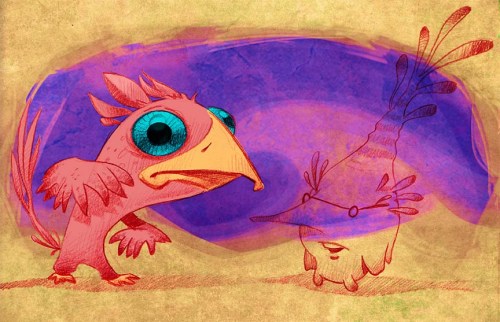
I went back up to the pencil drawing layer and selected the layer blend “Multiply”. I then made a new layer beneath it and the background and started to fill in the flat colors on the Bird.
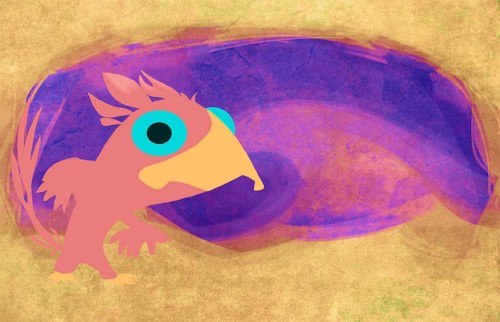
What it looks like without the pencil drawing overlaid.
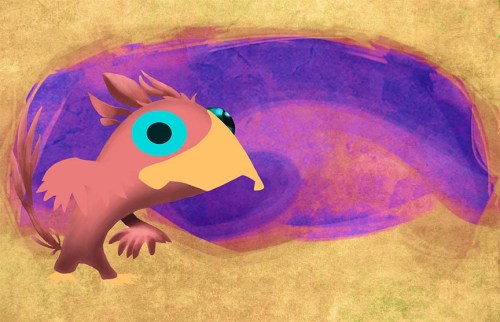
Next I start adding the shading, which is a darker version of the pink. I usually make a clipping layer out of the shading layer that is above the flat colors so that any over painting never shows up on the image.
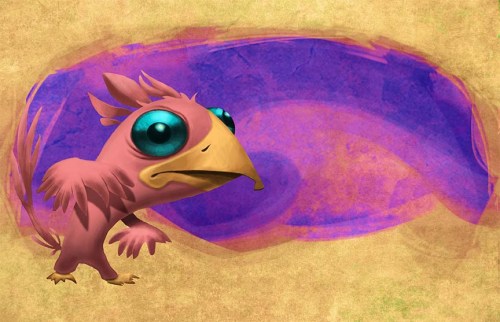
I finish up on the shading on the Bird.
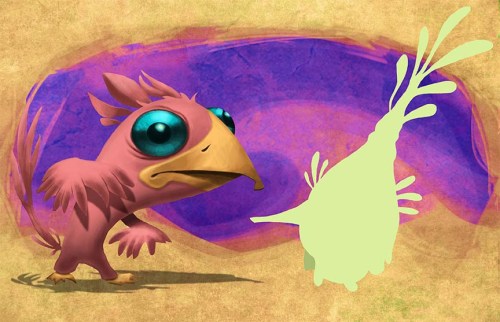
Here I’ve added a shadow to the Bird by taking a version of the basic color layer and scale down the vertical. This doesn’t always work because it can distort the shadow image in a way that is not reflecting the way a shadow should be, based on the light source. Here it seems to work well. I’ve also filled in the flat color of the “Beet” character.
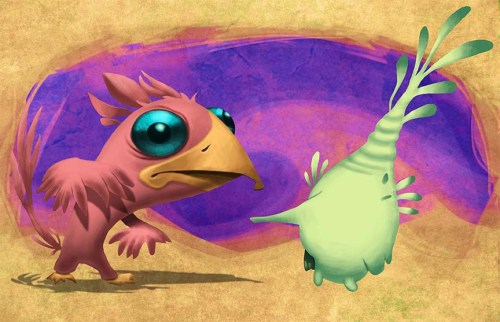
Using the same process for the bird, I made a clipping mask layer above the “Beet” flat colors and started shading with a dark green, shifting it a bit toward blue.
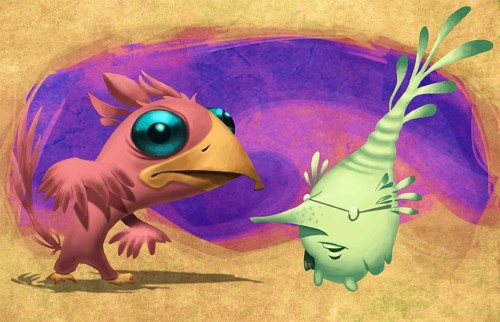
More detailed shading on the “Beet”.
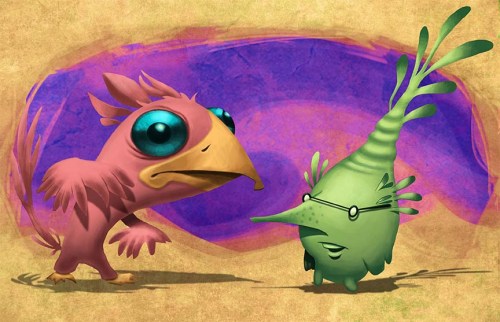
Then darkening the “Beet” with an overlay of the original flat colors and using a “Multiply” layer blend after finishing the detail. The I did the same thing for the shadow that I did on the “Bird”.
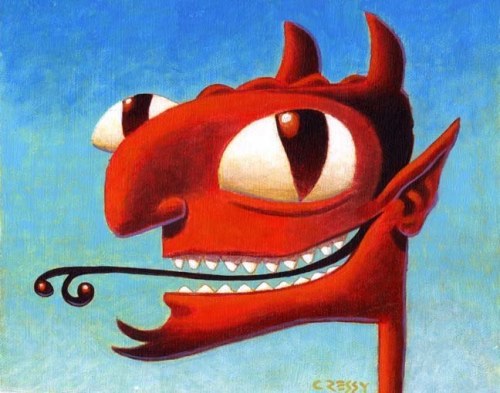
When did you first realize that you were good at art?
I don’t think I ever thought of it that way but I can remember when it hit me that I really liked creating art. My sister drew some cartoon characters on an invite to a party and I was enthralled that she could do that. I wanted to do that. Then when my mother sat me down in front of the TV with a tray loaded with crayons and paper, I drew for hours. I think I was home sick from school. I was 5 years old. Soon after that I started making up my own comic books with characters inspired by what I saw on TV.
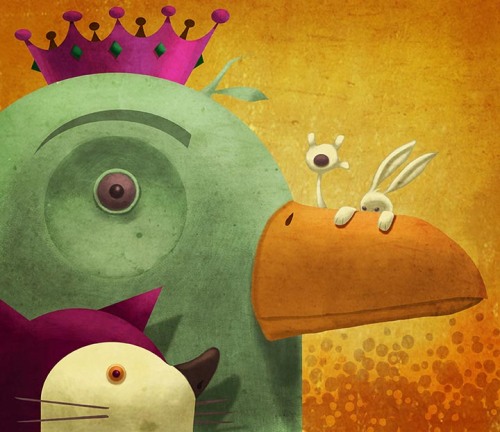
Did you leave high school and go to college to study art?
I was having a bit of a rough time as a teenager. I didn’t finish high school and couldn’t wait to get away from it. I did go to a community college to try and make up my credits for the diploma but never applied them. The classes I took were terrible. I had an art class there …I don’t think the art teacher liked his job. He would show up to take roll call and then tell us to draw something and then leave the classroom for the rest of the hour. Sometimes he wouldn’t come back. The history class that I took there was good and the teacher cared about the subject. I didn’t take another class till I moved to California from Michigan and had started my art career. That class was at Otis Parson’s and the teacher was an illustrator who’s work I admired greatly at the time. I wanted to learn his techniques, so I signed up for the class but I didn’t take other classes there and didn’t graduate from that school. I did end up using the techniques I learned in that class.
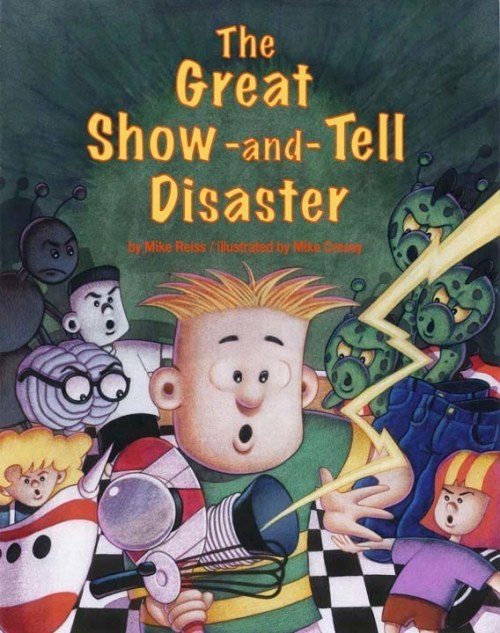 n
n
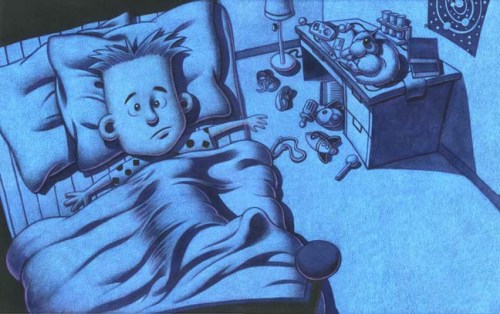
Where were you living at that time?
I moved to Los Angeles in my early 20s. Detroit, where I was born, was not the best place to start an art career. I had visited the art director of the Free Press in Detroit and he showed me the book “Graphic Artist Market Guide” and said “Look through that and see where you think you fit in.”
That was an eye opener. I didn’t see very many listings for places in the Detroit area. I called the two or three that were in there. One of them wanted me to draw some designs for T-shirts but then found a more experienced artist. Luckily I ran into an old girlfriend from high school at the local A&P. She told me of another friend of ours who had moved to L.A. and was working as an animator. She told me I should talk to him and see if he could get me in at the studio he worked for. I did and moved out to L.A. that summer.
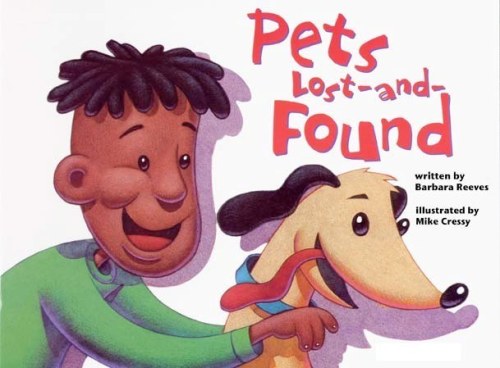 n
n
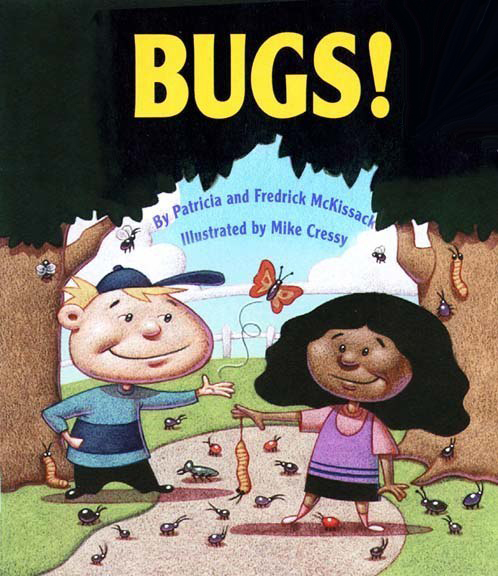
What did you study in college?
Illustration and a little history.
 n
n

What was the first art related work you did for money?
I did a mural in a dentist office when I was 15. It was terrible. My Mom had showed the dentist some of the Christmas scenes I did as a kid in the basement using the Peanut characters. I was a big fan of Charles Schultz. The dentist liked them and thought it was a good idea to have something like that in his office to lighten people’s moods before sitting in his chair. I think I got $25 for it and was happy to have some extra dollars.
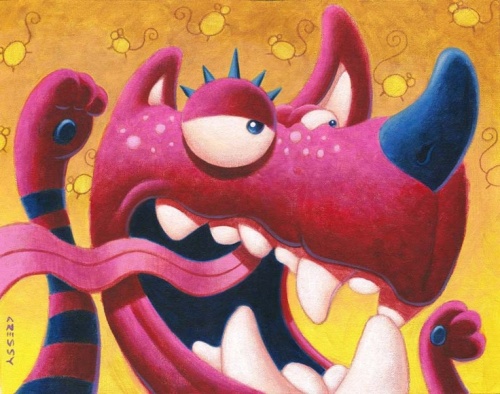
How did you get involved in advertising illustration?
During my 4 years of an animation career, I became infatuated with illustration. I had always like illustration but now I saw it as a possibility. Being in Los Angeles, there were tons of advertising agencies and at that time they used a lot of illustration. I took a C.E.T.A. government-training job at the Los Angeles Theatre Alliance, which allowed me to work on posters for plays and do storyboards. I also had plenty of time at LATA to work on my portfolio, which I did almost every day. When I got about 12 good images I started taking my lunch time to visit advertising agencies, newspaper editorial offices, art directors at large companies, magazines and graphic art studios. If people don’t see your work, you don’t get work. So getting my portfolio in front of the people who were making those decisions was and is important. I eventually started getting assignments at all those places. I had some big time clients very soon. I made good friends with the art directors and would hang out with them and their wives at parties. Networking was and is a big thing. I am doing my best to do more of it.

You say you have had your own studio, since 1980 (Do you mind if we not mention the year here? I’m finding that there is a lot of age-ism these days). Is that because you have done freelance artwork, while working at other jobs?
Every artist should have their own studio. Not just for freelance work but every artist should be working on their art all the time. Of course you need to break away from it here and there to recharge your creative batteries but always have a place where you can create the art you need to either get work or to just get it out of your head and see if you can reproduce that which was inside your head.
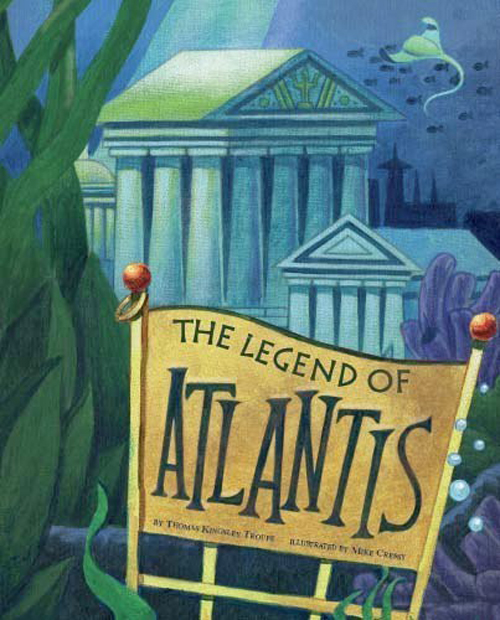
Did you develop your style during the advertising years or would you say your style developed while working in the gaming industry?
During my advertising years I found that it was a good idea to be as photo realistic as possible. It seemed to be what the agencies wanted but I always found a way to make it somewhat surreal, using some metaphor that was implied by the art director, the subject or the text. That kept me engaged and excited by what I was creating. After a while I started getting uninspired by the lack of imaginative ideas coming from art directors. They seemed to be coming from the same book of ideas and were unwilling to try something different. That’s when I had to step in and do something to save myself from a boring career. So I started slipping in changes in my style. Not being so realistic and adding more oddball things here and there. I had seen other illustrators doing this and it was exciting to me. So I thought that was a good way to go. One day while I was working out of a studio in my garage when my wife and me lived in South Pasadena and just started drawing from the idea I had in my head for an assignment from a magazine and it just clicked. I knew then that I had a personal style that I needed to develop. Which was juxtaposed with the very realistic rendering I was doing of a building for Cedars Sinai Medical Center on my other drawing table.
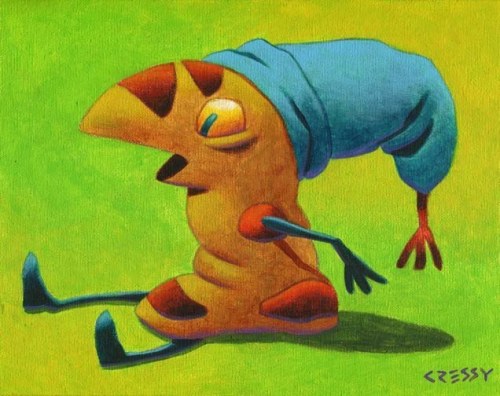
Coming into the game industry helped to solidify my idea of what I wanted to do with my style. They were very open to having something that very unique and when you have a style that nobody else can do but you, they hold on to you if they really like that style. That’s not to say that you style can’t evolve over time. Mine certainly has. I went from a realistic style to a very cartoony style almost over night. Then I started mixing the two. But that was a way for me to evolve from a very basic extreme. A new beginning, in a way.
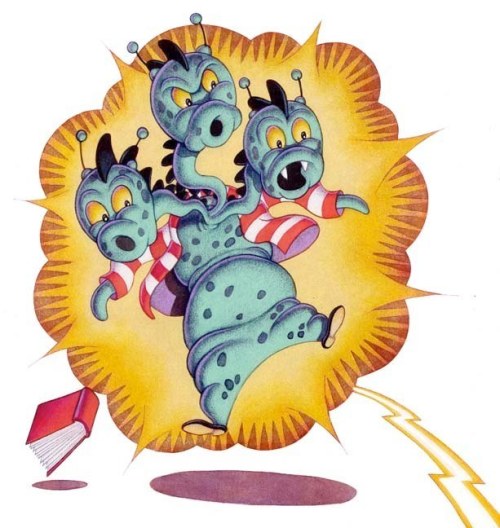
Did you move to Seattle specifically to get involved in the gaming industry?
When my ex-wife and I moved to Seattle it was to get away from the craziness of what Los Angeles had become. Tensions were high and we had just gone through a riot. At one point when the riots started, my wife and called me to tell me she was leaving work early because fires were being set. My car was in a repair garage in down town Pasadena, which was near one of the hot points of rioting. I thought my car was going to be destroyed because a building a block over from there was set on fire and burned to the ground. The owners of the garage left for their safety. So there I was with no wheels and my wife was trying to get home from her job in the San Fernando Valley. She didn’t get home till 9:30 that night. We didn’t have cell phones and I was so worried that I tried calling everyone on our landline to see if they had heard from her. After that experience we started looking for places to live outside of Los Angeles and raise a family. We really liked San Francisco but it was too expensive. Then I saw an article about Seattle in Sunset magazine and the photos were amazingly beautiful. It looked like the perfect place.
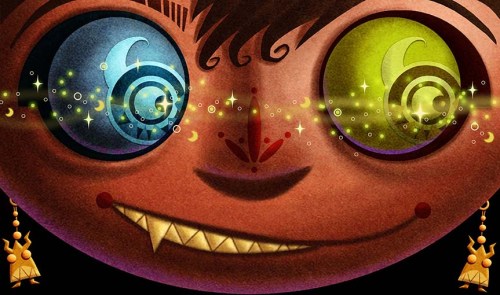
However, when we moved here I lost all my clients in L.A. and it was tough getting anyone to look at an artist from Los Angeles. They hated Californians here at that time. Now, nobody cares but then, it was a different story. They thought we were all rich and making the housing price go up. They felt like they couldn’t afford to buy a house. They blamed us instead of realizing that companies like Microsoft were responsible for hiring people from other places and bringing them to Seattle.
After 6 months of living here and not finding much work, I saw a listing in the Seattle Times for an artist at a software game company in Issaquah… a bit of a drive from West Seattle where we lived. I got hired and they taught me how to create art on the computer using Photoshop. Electronic Arts eventually bought them and I moved on to Microsoft and other game studios.
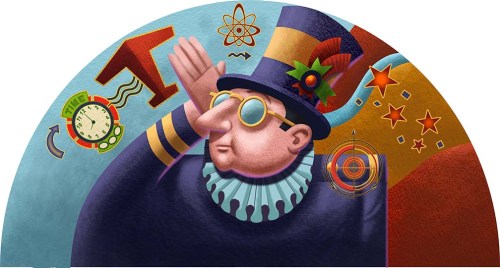
Was it after the move to Seattle that you started thinking about illustrating for children?
Actually I started getting into that when we lived in South Pasadena. My wife had shown me the current crop of picture books that had these incredibly cool illustrations by William Joyce, Lane Smith, Kevin Hawkes and a few others. It blew my mind. I had not thought about doing that as a career and my eyes were now wide open. I had been a fan of Robert McCloskey and Dr. Seuss as a child but never thought to do that as a career, but now it seemed like a possibility.
My wife and I talked it over and she said that she had always wanted to write children’s books so we started to collaborate on a book. I created the illustrations after she wrote up a story quickly. I didn’t think it was a great story but I also thought that it would evolve and get better. She didn’t want to re-write anything and we argued about that. I ended up putting a dummy together that was quite elaborate. I had color illustrations mixed in with the drawings for the rest of the pages. I had a color cover… but the story wasn’t very good. I sent it to a few publishers before we moved to Seattle but got only rejection letters. I suspected as much and it dampened my spirit about doing another picture book dummy for a while. I didn’t illustrate a full picture book till after my divorce and had started working in the game industry.
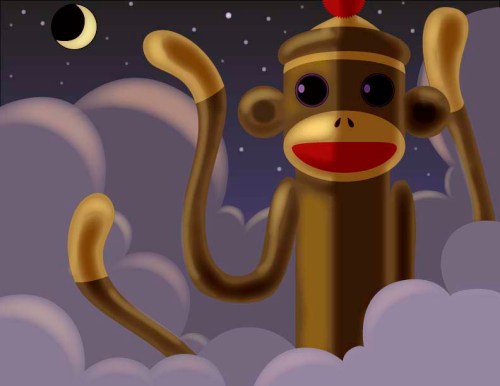
What was the first thing you illustrated for the children’s market?
That was an educational book when I first started working for advertising agencies. I had that realistic style and a book publisher saw my portfolio somewhere and called me up. The book they had me illustrate was a test book for a 5th grade reading level. So the realistic style seemed to work with for them with that level. It was all in black and white so I used my ebony pencils to do very tightly rendered illustrations. If you want to do varied tones and textures that look realistic on certain papers/boards… you can do it somewhat easily using an ebony pencil. The darks are very dark and the lighter areas you just do a little rubbing with your finger… smudging the graphite. I don’t have a copy of that book anymore. It went missing during one of the moves. I’d love to still have a copy.
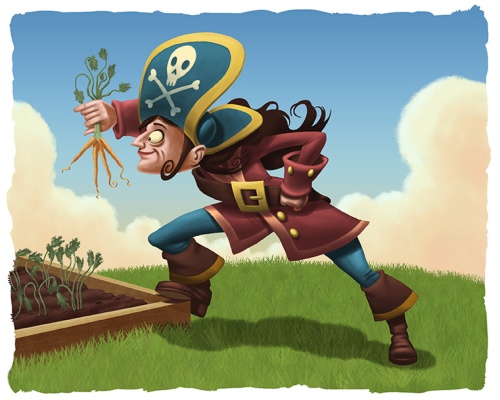
How and when did that come about? (See previous answer)
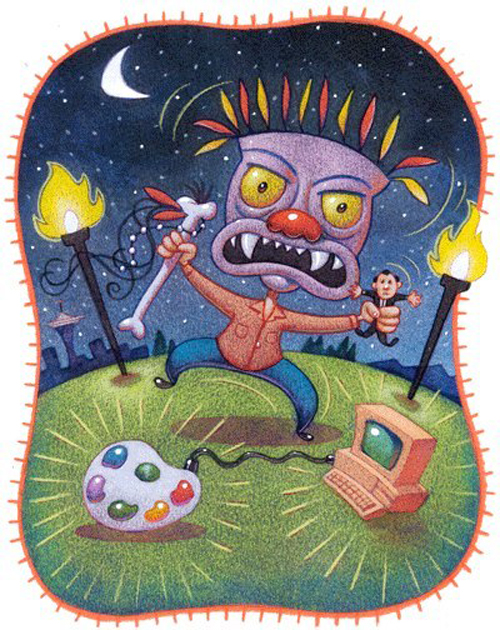
I am assuming you were one of the early adapters to Photoshop, Flash, and the other software programs for illustrators and designers. What was the first piece of art that you did digitally?
OMG… it sounds so long ago now. I started with Photoshop 3. That along with a program called “Debabelizer” which helped you convert files. When I got my first job at Microsoft they introduced me to a program that became Flash. It was called something else at the time, but it was a great tool to animate with. It was more acceptable than using another program that I used at the time called “Animator Pro” or “Ani-Pro”. AP was a better animation tool but the way they labeled commands weren’t right and it was confusing to use at first until you spent hours learning those arcane names of commands.

I remember the first drawing I did in Photoshop was of an animal skull. I had done several pencils drawings for the product we were creating in Issaquah. I scanned them into Photoshop and drew over the top of my pencil drawing with the pencil tool in Photoshop. I was surprised at how well it turned out but and it gave me confidence to do the next one and the next and add color. It was exciting to see your art on a monitor. I still enjoy that part.
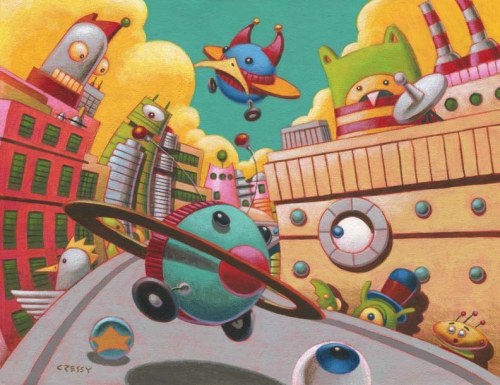
Did you ever get involved in the animation side of gaming with your artwork?
Yes, I did a lot of animations the first 5 years or so. I even got some advertising agency work creating my own bizarre character and animating him for a Compaq Computers thing that was to be included with software when you bought one of their computers.
I just found all these old floppy disks with all my animations on them. There is no way to really look at them now but the last time I saw them I was embarrassed that they were so low rez. I thought it was just better to throw them away.
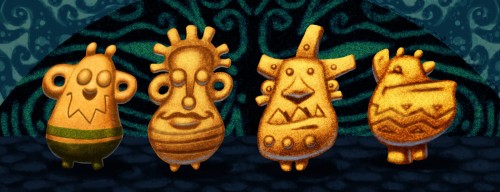
When did you join the SCBWI?
I joined SCBWI in the late 90s. I had just started illustrating several picture books, and finished three in a row for Grolier. They asked me to illustrate their catalog for that year. I was happy to do that for them and excited at the thought that other publishers would see my art. When I finished the cover, Grolier rewarded me not only with money but they sent me this big box of gourmet dark chocolate with liqueur inside each one a week after I finished the art. It took me a month to go through that delicious box.
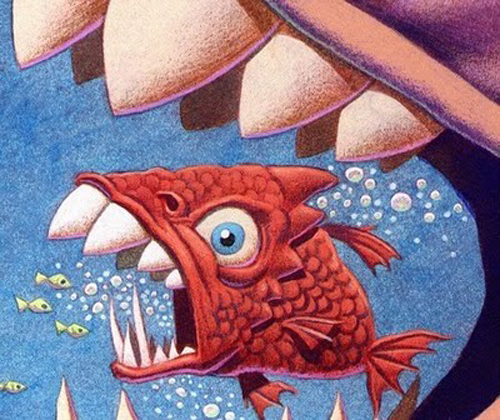
When I came down from that chocolate high… a friend of mine told me about the SCBWI and I realized that it would be a great idea to join and start networking with fellow picture book illustrators and writers. I’ve been a member ever since and have gone to many conferences in Los Angeles and Seattle. Next year I hope to go to the one in New York, which I’ve wanted to do for a long time but was freaked out about doing since 9-11. I may be over that fear finally.
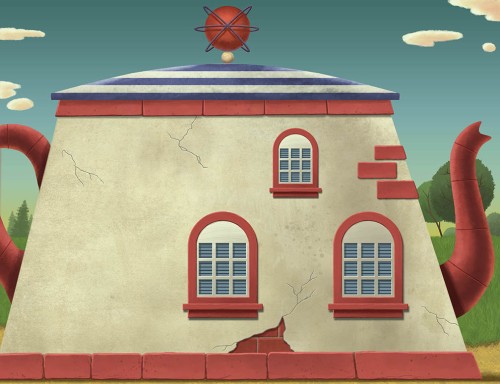
Do you have an agent or artist rep.? If so, who and how did the two of you connect? If not, would you like to find good representation?
I’ve had many art reps over the years. One of the best reps I had was Barry Schaffer in Los Angeles. He was always on my side and fought for me when it came to discussions with clients. We got to be good friends for a while. He knew a lot of well-connected people in L.A. and I would get party invites from them.
I was in Italy for vacation one year and had left Rome to stay on Sardinia, a large island west of the Italian coast, just below Corsica. I had called my studio, which I shared with 6 other illustrators and heard that my rep had called with a big job. He had landed the Camel Cigarette account from Salisbury Agency and I needed to come back and start working on the illustrations before it goes to someone who wasn’t on vacation. I finished up my two weeks on that island and came right back to Los Angeles. I would have traveled more on the main land of Italy if I didn’t come back for that assignment. Barry left the business a few years after that and we lost touch. I have no idea what he’s doing now.

I currently just signed up with a terrific rep in Connecticut. I like how she works and I look forward to a good relationship that I hope lasts for a long time. I found her on line and sent her some of my art. A week or two later I got a call from her and we talked for a couple of hours. I had a good time on the phone with her. It’s like making a new friend.
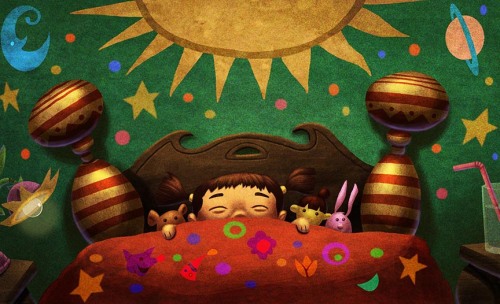
When and what was the first children’s book that you illustrated?
I had always done educational books from early in my career, but the first picture book I illustrated was by a small publisher and I’ve mostly forgotten about it. But it lead to the 3 books at Grolier, which came fast. Bubble Trouble by Joy N. Hulme, Purple is Best by Dana Meachen Rau, and Bugs by Patricia C. and Pat McKissack. The Bugs book was made into an interactive eBook a few years ago. A company in Japan did the eBook. They took my illustrations and animated them in a way that keeps the integrity of the art and is a lot of fun. However, they never contacted me that they were doing this and made no effort to offer any sort of compensation for re-using my art. I tried to contact them about this but it was fruitless.
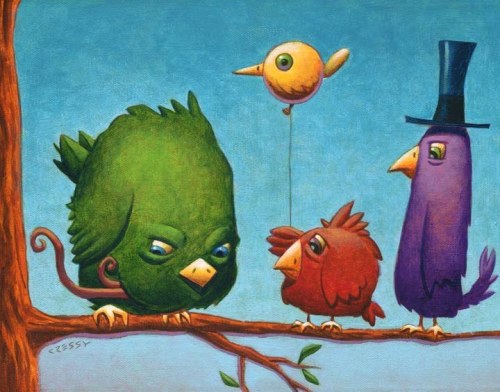
How did that contract come about?
I think they saw one of my images somewhere and called me about doing a book for them. After the first one was finished, they asked me to do another and then another. I wish it happened like that with all publishers. I’d be very happy. The editor/art director was so much fun to work with.
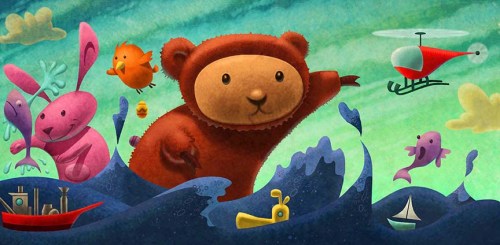
Do you consider that book to be your first big success?
Yes, I’d say so, but “The great show and tell disaster” by Mike Reiss was higher profile because he is a writer/producer on “The Simpsons”.
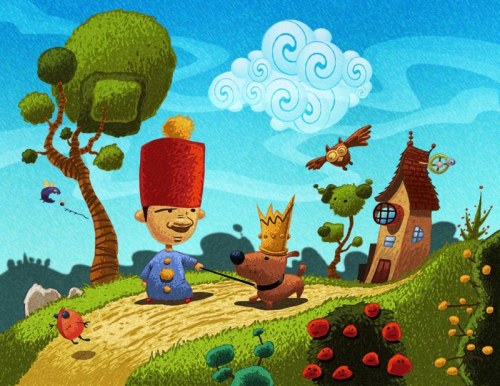
Have you tried to write and illustrate a children’s book, yet?
I’d had many attempts at it but it wasn’t until recently… like the last 3 or 4 years where I actually felt comfortable in the writers roll to be able to write something that I think would work well as a picture book. I’ve got ten that I’ve been working on for the last year. One is almost finished in terms of it being a picture book dummy that I will be sending out to publishers and literary agents. The other ones are in various levels of completion. I think it helped to have been working on my graphic novel for the last 6 years. I hope to have that finished this year as well.
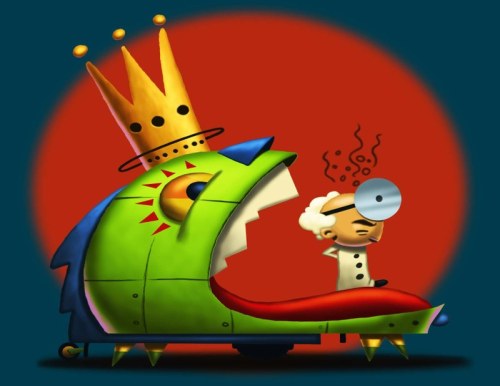
What type of work have you done for Scholastic?
Illustrations for books.
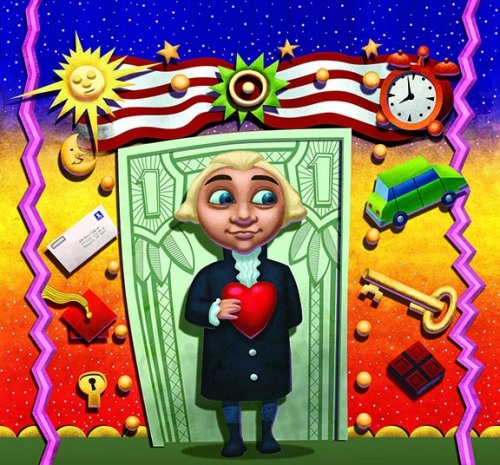
How many children’s books have you illustrated?
Nine that have been available to the general public and at least three times that many that were educational and just for schools.
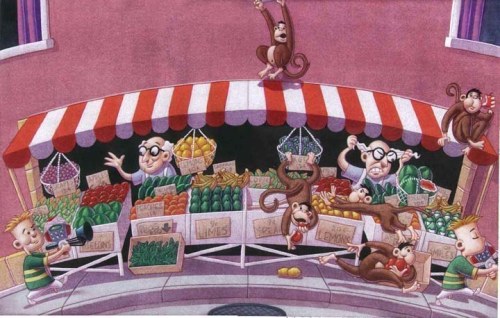
Have you illustrated any book covers?
Yes, plenty. The first 15 were done for Holloway House in Los Angeles. I don’t show those to anyone.
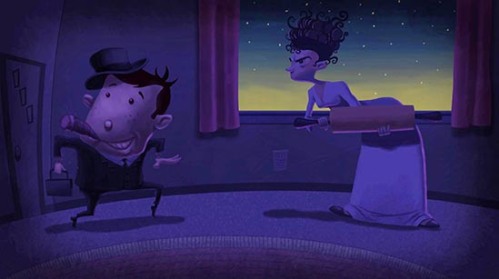
Do you feel living in Seattle hinders you in any way with getting more illustrating jobs?
No. What hinders me is not getting my work in front of people who could possibly give me work.
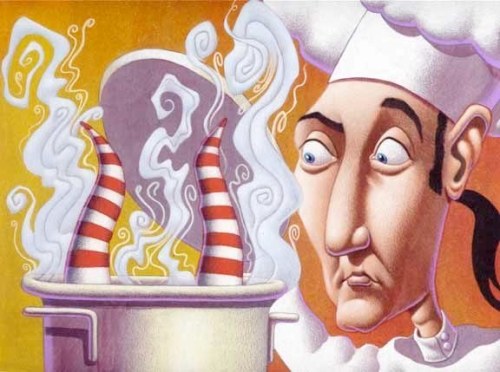
How did you get the Rookie Readers books with Children’s Press?
See my answers that concern Grolier Press because they are the ones who published those.
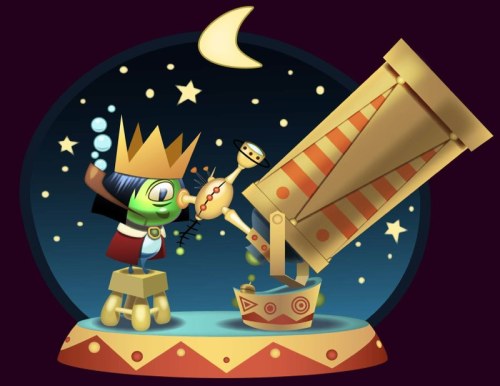
How did you hook up with Grosset & Dunlap to illustrate LOOK! MY TOOTH IS LOOSE?
I had worked with the same art director/editor on a previous book “The great show and tell disaster” and we got along very well. He liked my work and wanted to find more projects for me. It was too bad that in the middle of the “Look, my tooth is loose” book that he had a major dispute with his bosses and left the company. The person who took over the book wasn’t happy about taking over someone else’s book and wanted their own ideas pushed forward. I like how that book turned out but the relationship them suffered because of the change.
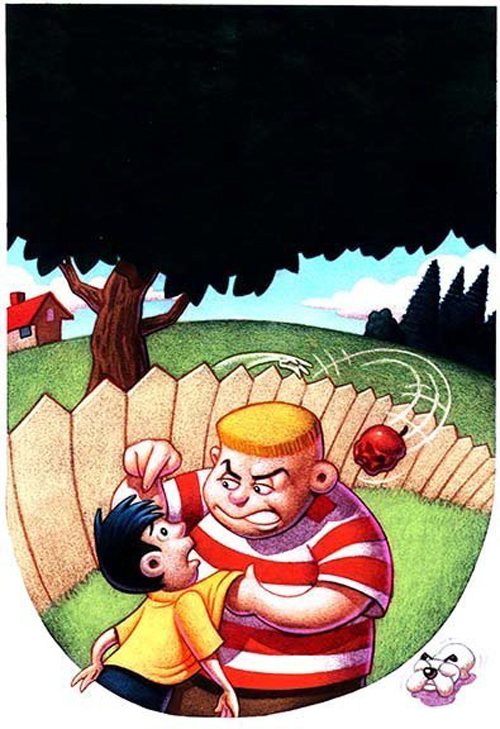
What book made you feel like, now I’ve made it?
None. If that ever happens… I’ll be very rich and famous. But we’ll still be friends… right?
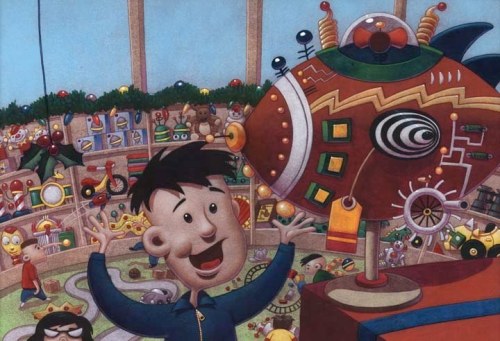
How did you get to work for Amazon Game Studio?
Per my exit agreement with Amazon, I’m not allowed to say anything about them in print, or on line.
Let me just say that was hired as an artist to work on games.
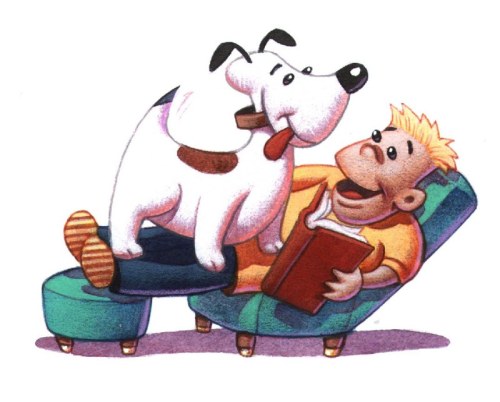
How do you do that living in Seattle? Do they have a studio there?
Since their inception, Amazon’s headquarters have been in Seattle.

Is there a strong art community in Seattle?
When I first came to Seattle it was a small community of artists but the core of the city had a very art friendly nature to it. Since then it’s gown by leaps and bounds. These days you can’t toss a piece of paper without hitting an artist. That’s both good and bad. It’s great to have a community of like-minded people who support each other. On the other hand, it means that the competition for work is fierce.
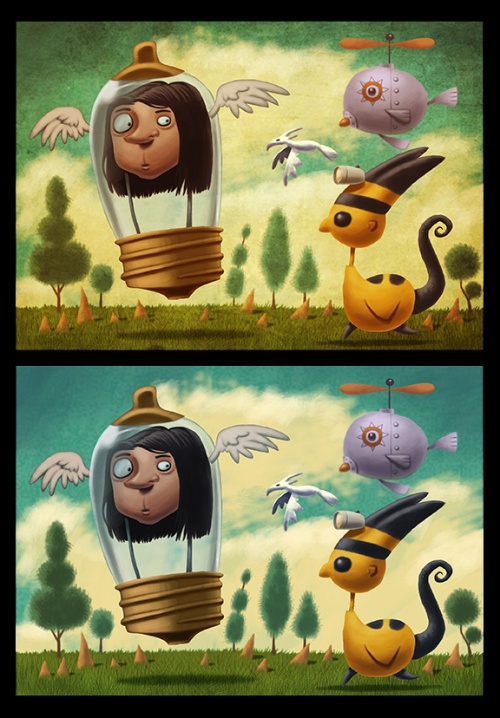
Have you done illustrations for any children’s magazines?
Yes, many over the years. I have an illustration on the current cover of Spider magazine.
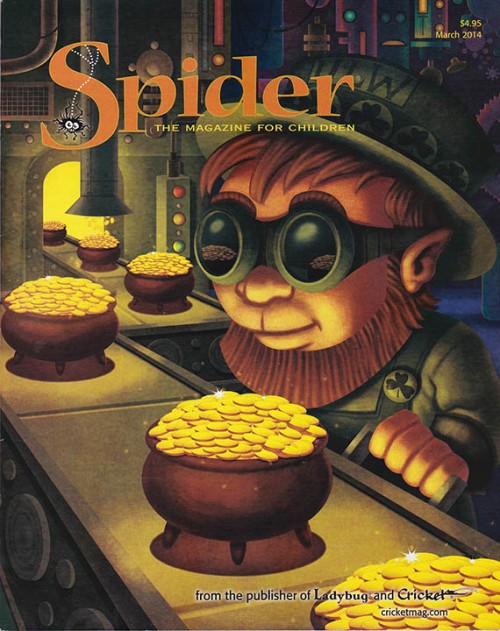
Now-a-days, do you do any illustrations using traditional paint? If so, what materials do you use?
I do many paintings for my portfolio traditionally. I usually paint with acrylic but sometimes it’s oil. Either one I’ll use on canvas. I like the texture of canvas. It’s been a while since I’ve painted on any other surface. That being said, right now I’m reworking my portfolio and it needs to reflect digital art to get work and so the most recent images are digital paintings from a traditional pencil drawing.
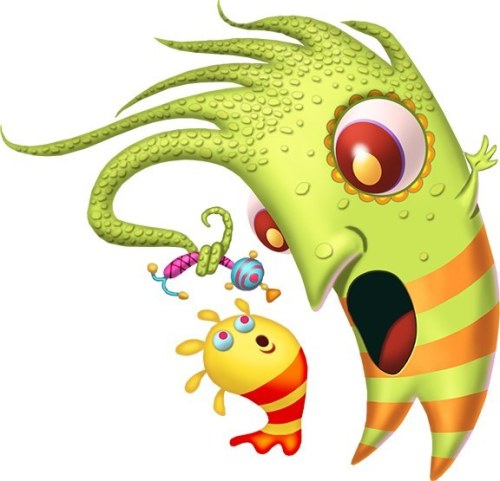
What do you feel you bring to the table that other illustrators do not bring?
Since illustrators must have imagination I’ll say that my particular brand of imagination and my style of taking that image from my imagination and presenting it in the only way I know how.
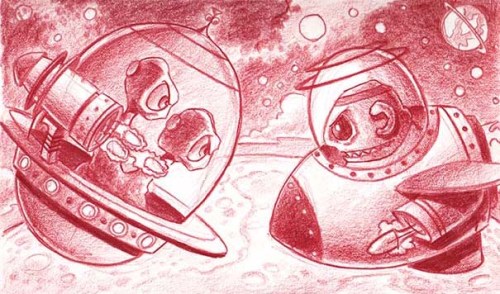
What types of things do you do to find illustration work?
Things have changed so much in the last five years that it is different every year. Things that I’ve done in the past that almost guaranteed work, no longer bring in jobs. I do what ever I can fit in each week to get my work out to the people who make those decisions. It’s the best that anyone can hope to do, and with a little luck an art director, editor, publisher, game producer, account executive will send me an email or pick up the phone and call. I know that sounds vague but if I were to list everything that I’ve been doing every week to get work, there would be a long list. I’m on line for several hours each day posting my work, sending resumes and emails that feature a new image that I created. I’ve got blogs for several different aspects of my portfolio as well as several different Facebook pages for my books and ideas. It’s a difficult world to get a paying gig in lately. I would love to keep doing what I’ve been doing for most of my life so I have no choice but to spend that time productively in pursuit of the next job.
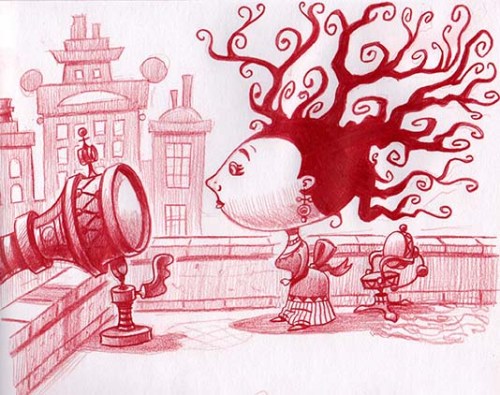
What is the one thing in your studio that you could not live without?
Without any doubt it would be pencil and paper. If all I was allowed to do from now on were to draw I don’t think I would be unhappy. That and my guitar. Music is essential for creativity.
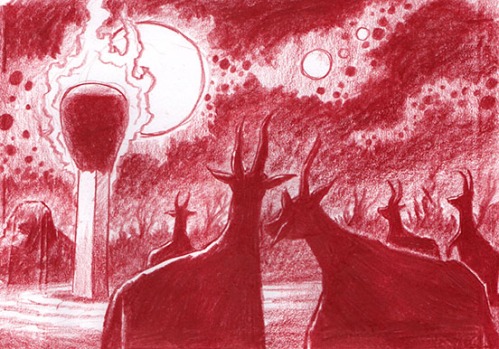
Do you try to spend a specific amount of time working on your craft?
I wake up thinking about what I’m going to draw that day. And if it’s not a good drawing day (and that happens every once in a while), then I start painting either on canvas or on the computer. I don’t think about too much other then what I’m going to create that day, except for when I have unrelated events and chores. So, to answer your question, there is no set or specific time limit or schedule. Creating is part of life not an appointment.
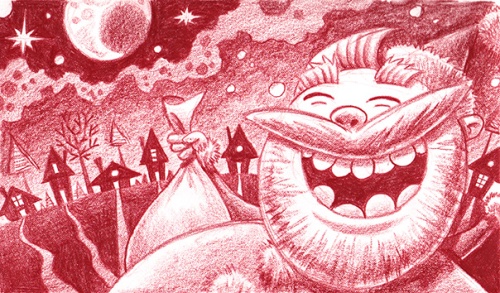
Do you take pictures or do any types of research before you start a project?
Sometimes. It depends on my needs. I certainly do research to find out what something really looks like and if there is any way I can add to it and somehow make it more of what it is. Maybe skew it in some way. Give something a unique POV. Sometimes that means looking at how another artist would handle that situation, angle, or item. It helps to be prepared. It usually makes your image much better for it.
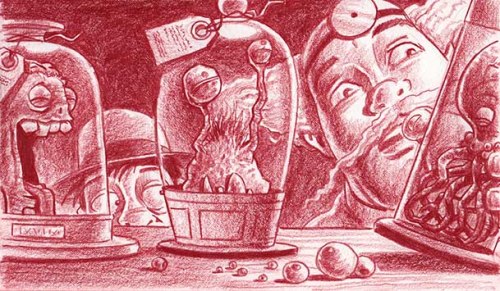
Did taking research photos spark your interest in photography?
I’ve always been interested in photography and I used to be one of those technical guys that had the exact exposure and lenses, but for a long time now I’m of a sort that prefers just having a good eye for an image and a simple camera. When I photograph landscapes I try to make sure there are no people in my shot. That makes some of my photos look like there aren’t any humans left in the world. It gets more difficult every day to do that in Seattle. We’ve grown so much here and there are way too many people everywhere now. I’m not anti people… let’s just spread out a bit more.
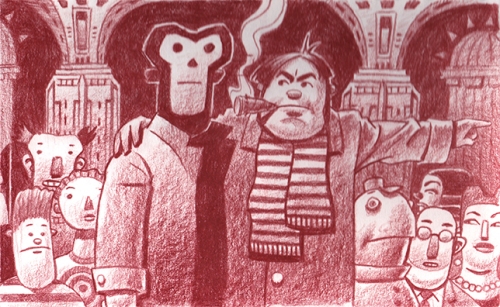
One of the reasons I gave up on being so technical about photography was from this incident when I was at a concert in Dodger Stadium. There were 4 or 5 bands and I had press passes for my girlfriend and me at the time. I made her the photographer and we both carried around all my equipment. During a band change we took a break backstage and we put my cameras and lenses in the photographers tent on a table like every one else. When we came back from getting a bite to eat,… all my equipment was gone. It was a big lesson and I realized that I didn’t need all that equipment to take a good photograph. I just needed a simple camera. I feel that way when I’m work on my art style. Simple can be the best way much of the time.
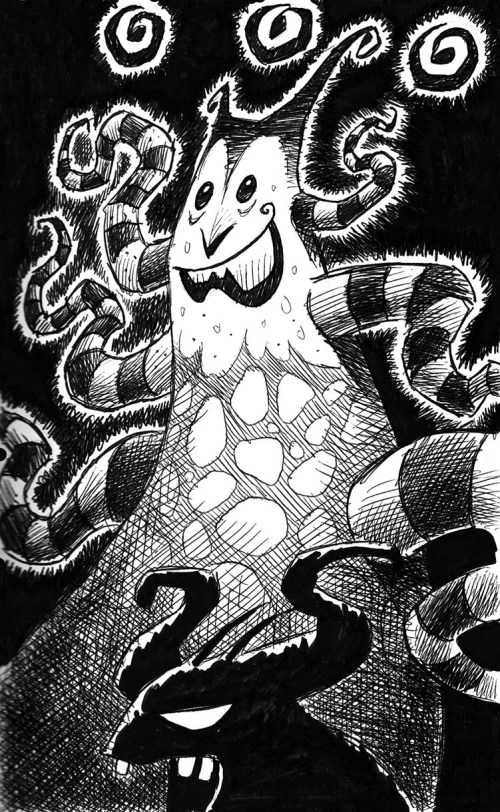
How was the idea for Seattle Reflections born?
I have a fold up bicycle that I carry in the trunk of my car throughout the fair weather months in Seattle so I can cycle wherever I feel the need to do so. Every time I would drive into Seattle during those months, I made sure that I brought one of my cameras with me. That bike gets me into some parts of Seattle that most people don’t get to or see much. I can get to different POVs that are exciting to view and try to take the best picture I can get. I turned those cycling photos into the book.
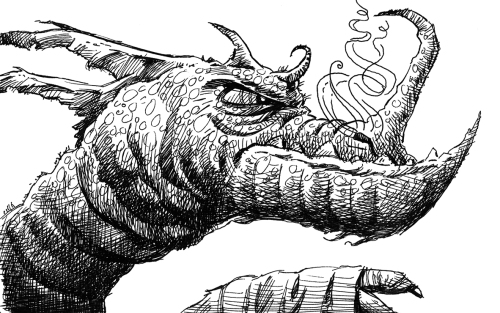
Have you won any awards that you are particularly proud of?
I’ve won a few awards over the years and really it’s just something that is really exciting at the time but they don’t pay the bills. Better to have them than not. The one that I’m proud of is the one I received from the Society of Illustrators in Los Angeles in 2012 (Illustration West 50) for the poster of my Super Alphabet picture book. Which wasn’t published at the time. It featured all the letters. I worked very hard on that book and still think of it as one of my better books but there is way more to come.
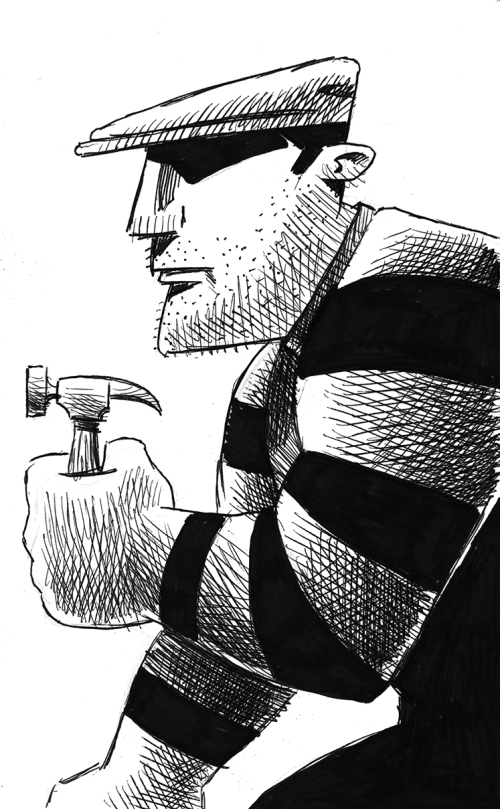
I am sure you have used a Graphic Drawing Tablet with your background, but do you always draw on one?
Yes. When I’m working on the computer that’s all I use to draw with in Photoshop, Illustrator, Flash, Manga Studio, Sketch up and Sketch Book Pro. When I’m at a full time job it’s nice if they can afford to get me a Wacom Cintiq. A Cintiq is so much easier to draw and paint with on the computer because you are doing so directly on the image and not detached from it as with a regular Wacom tablet. That directness improves speed and accuracy, which in turn allows you more freedom with your creativity. I guess that sounded a bit like a commercial but it’s true.
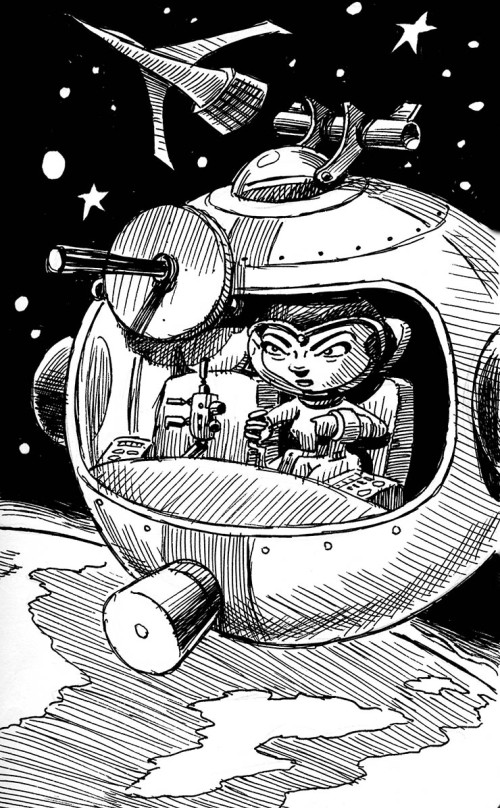
Do you have any career dreams that you want to fulfill?
Yes, Plenty. I have a ton of stories that went to tell before I leave this mortal coil. All the picture books that I’ve started working on. The graphic novel that I hope to finish this year is the first of many that I hope to create. I just hope that people find them interesting and worthy of their time and are either informed or entertained by them. I also want to rework the way I do my abstract images and have more gallery shows. I’m trying to work out some licensing possibilities and if those pan out, perhaps they can be a good source of funding for the rest of my projects. I’d also like to have the band that I’m in be able to get a drummer so we can start playing more gigs. ![]()
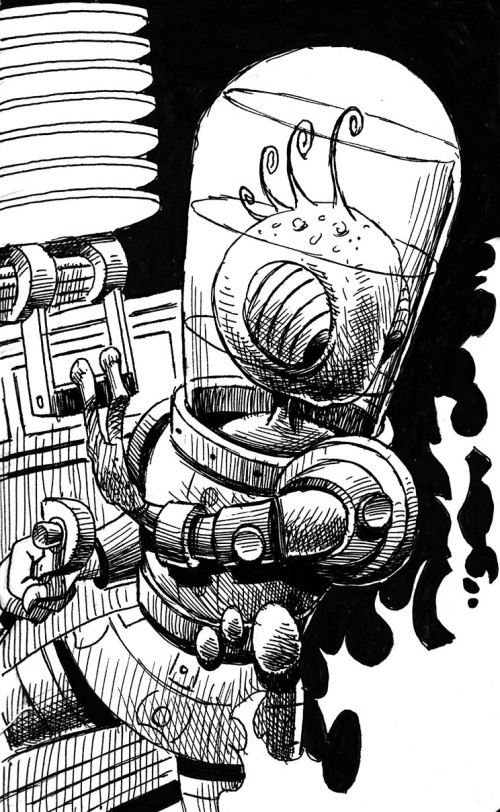
What are you working on now?
I just finished a lot of art for the Tacoma History Museum. They called me a few months ago and asked if I had time to work on art for an exhibit explaining the concept of “Time” to children. I thought it was a great idea and said yes immediately. So I had a meeting with the director, who is a terrific, fun, woman, who has great ideas for the museum and it was a pleasure to work with her. I digitally painted two murals for the exterior walls and the banner that promotes the exhibit. They are also using several of my older paintings for the interior of the exhibit. It opens in May of this year. I’m very excited about it and will appear at the opening to sign postcards and posters. I also might be wearing a bit of a costume that one of my characters will be wearing in the exhibit.
I’m also finishing up one of my picture book dummies that I wrote and my graphic novel that I’ve been working on for the last 6 years.
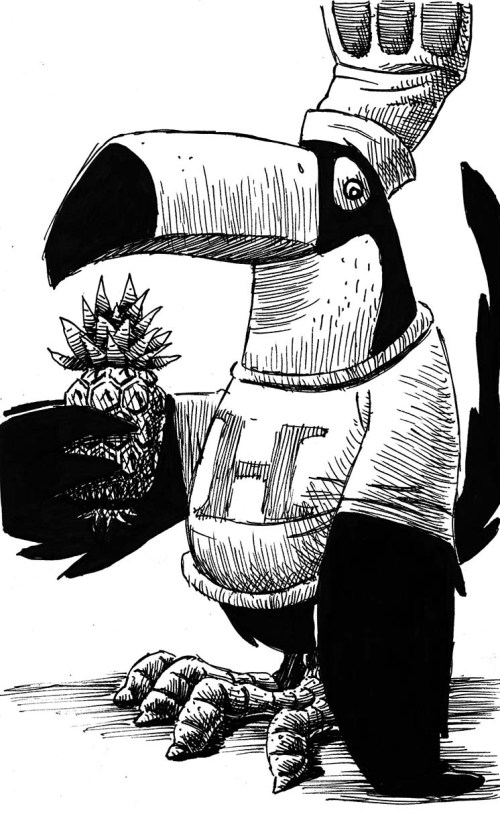
Do you have any material type tips or software type tips you can share with us? Example: A new product that you’ve tried – A how to tip, etc.
The best thing you can do for yourself as a current day illustrator who wants to work as well as work fast is to explore new art software. Photoshop is great and it has many things in it that many people don’t know about. I love using the layer clipping mask. Also either make your own brushes or find a source to get new brushes from time to time and experiment with them. Also use textures to give more life to your paintings. Manga Studio is a great, great program for drawing. I prefer drawing in that program than any other program and the reason why is that it has so many options for your drawing. You can adjust lines that you’ve already drawn very easily. It also has the best perspective tool that also allows for adjustments after you’ve created your image. Sketch up is great for creating a quick 3D model of something that you may need to draw from various angles instead of guessing how it would work if you turned it 30 degrees in any direction. Don’t be afraid to experiment.
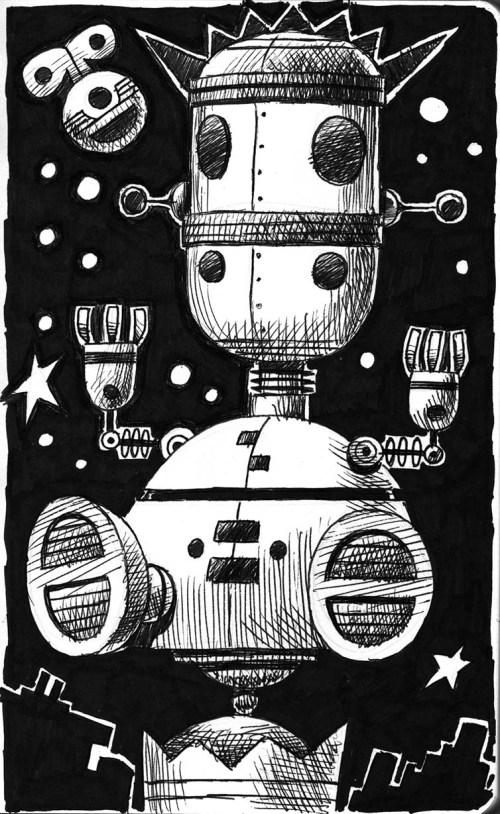
Any words of wisdom on how to become a successful writer or illustrator?
Make sure to keep positive in the face of constant rejection. Do your best to write or illustrate every day. Network as much as you can. You never know when a friend will be in the position to help you get a job, give you a chance or even just be there for some encouraging words. Be kind to others and help them when you can. Everyone needs a helping hand and sometimes good luck isn’t enough. Be sure to exercise daily and get plenty of rest and eat healthy. Promote, promote, promote.
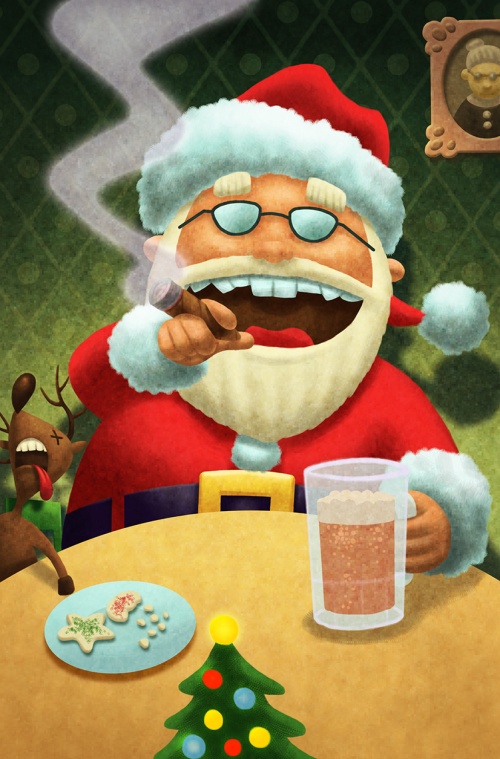
n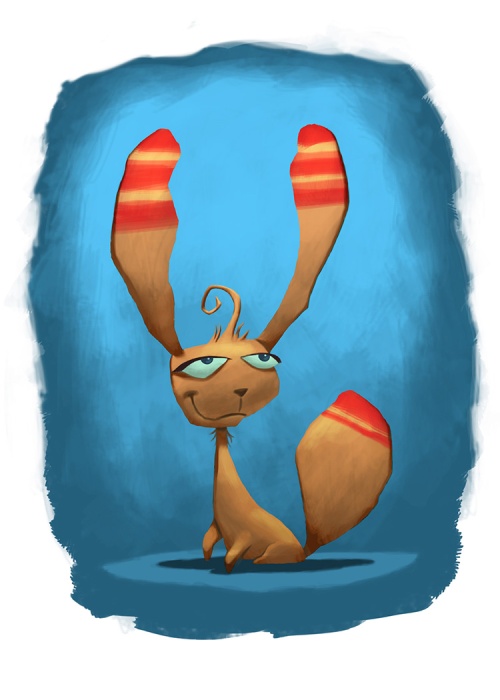
Mike thank you for sharing your talent, expertise, process, and journey with us. Please make sure you keep in touch and let us know about all your future successes. We’d love to hear about them.
You can find Mike at: www.mikecressy.com or on facebook: www.facebook.com/mike.cressy or his blog: www.mikecressy.blogspot.com
If you have a minute I would love if you would leave Mike a comment. I am sure he would, too. Thanks!
Talk tomorrow,
Kathy
Filed under: Advice, Illustrator's Saturday, Interview, Process, Tips Tagged: Amazon Gaming Studio, Animator, Children's Book Illustrator, Graphic Designer, Mike Cressy



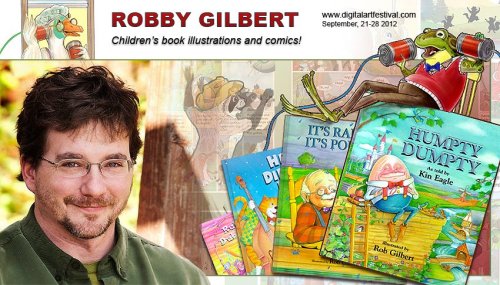
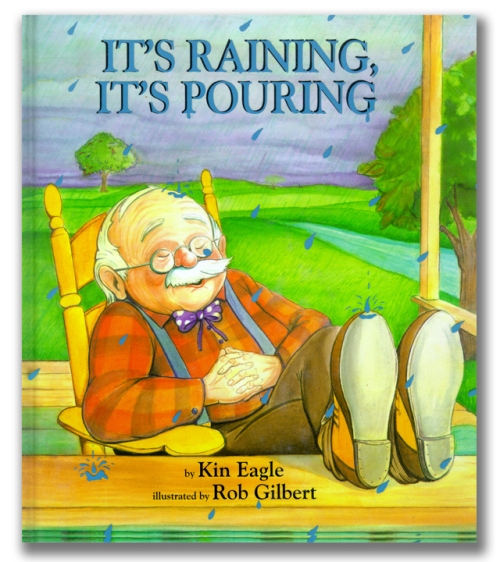
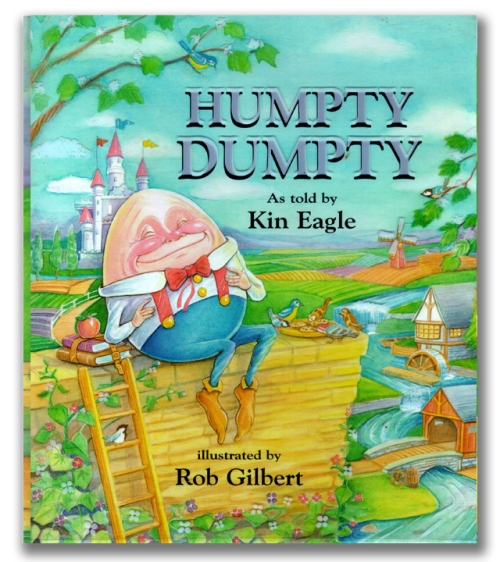
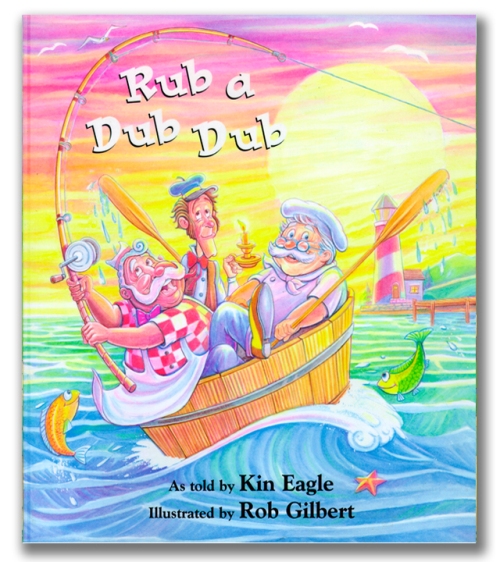
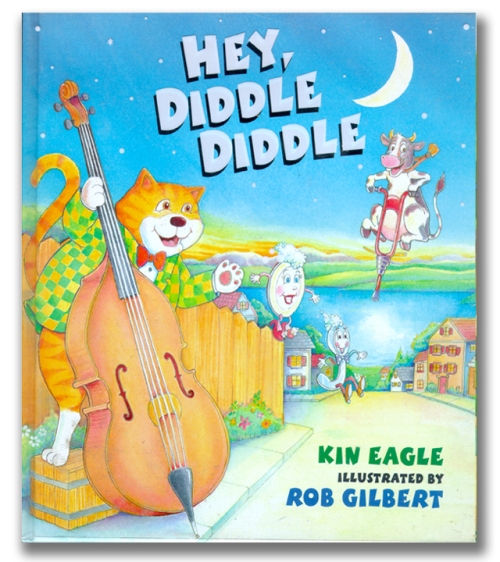
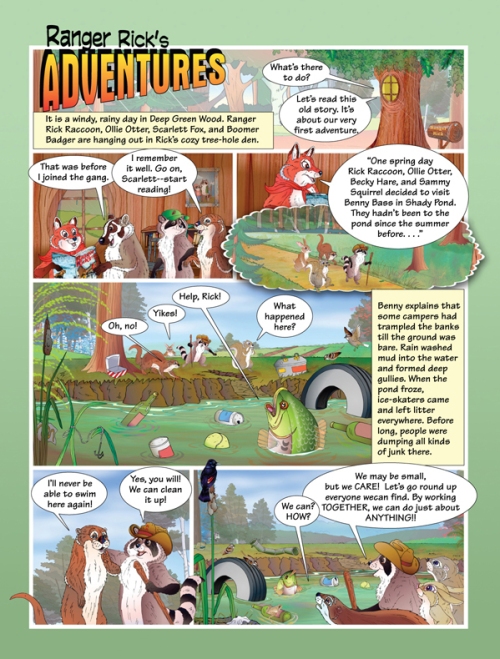
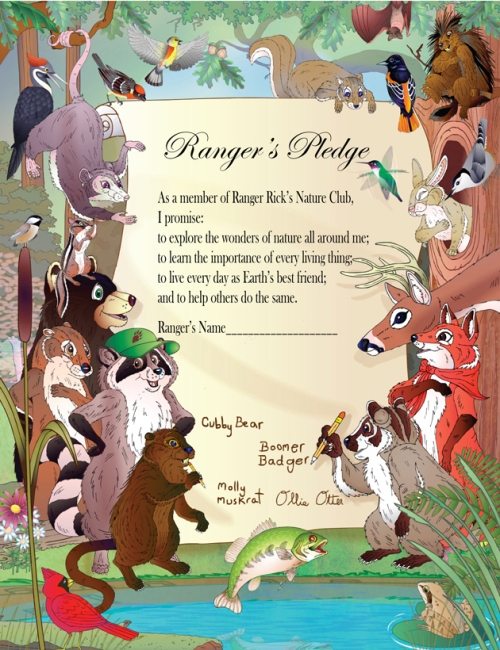



This was a great post about following your passion – and getting rewarded with success and chocolate!
What an interesting journey that was to read about! You’ve put in a ton of work to pave the way for your success, Mike. Love your art! Thanks so much for sharing! As usual, terrific interview, Kathy. 😊
Hi Mike, thanks for sharing your process and creative journey. Your art, expression, and passion is contagious and invigorating! And many thanks Kathy for posting about Mike.
Mike’s career and training is so wild and varied, it makes my head spin…in a good way! I was wondering why his name sounded familiar; I’ve seen or owned some of the books and magazines with his illustrations while my kids were growing up. How cool to learn more about this talented man.
How cool to learn more about this talented man.
Great stuff!. I love the carrot pirate and the tea-kettle house and so many others. Thanks.
Thanks for this fascinating interview!